The animal kingdom is filled with extraordinary creatures, each uniquely adapted to their environments. These animals not only survive but thrive because of their ability to camouflage.
From the frosted peaks where the snow leopard prowls to the underwater reefs that house the mandarin fish, nature’s palette is as diverse as it is stunning. This article examines the lives of some of the world’s most gorgeous animals, revealing the stories behind their breathtaking beauty.
Panther Chameleon
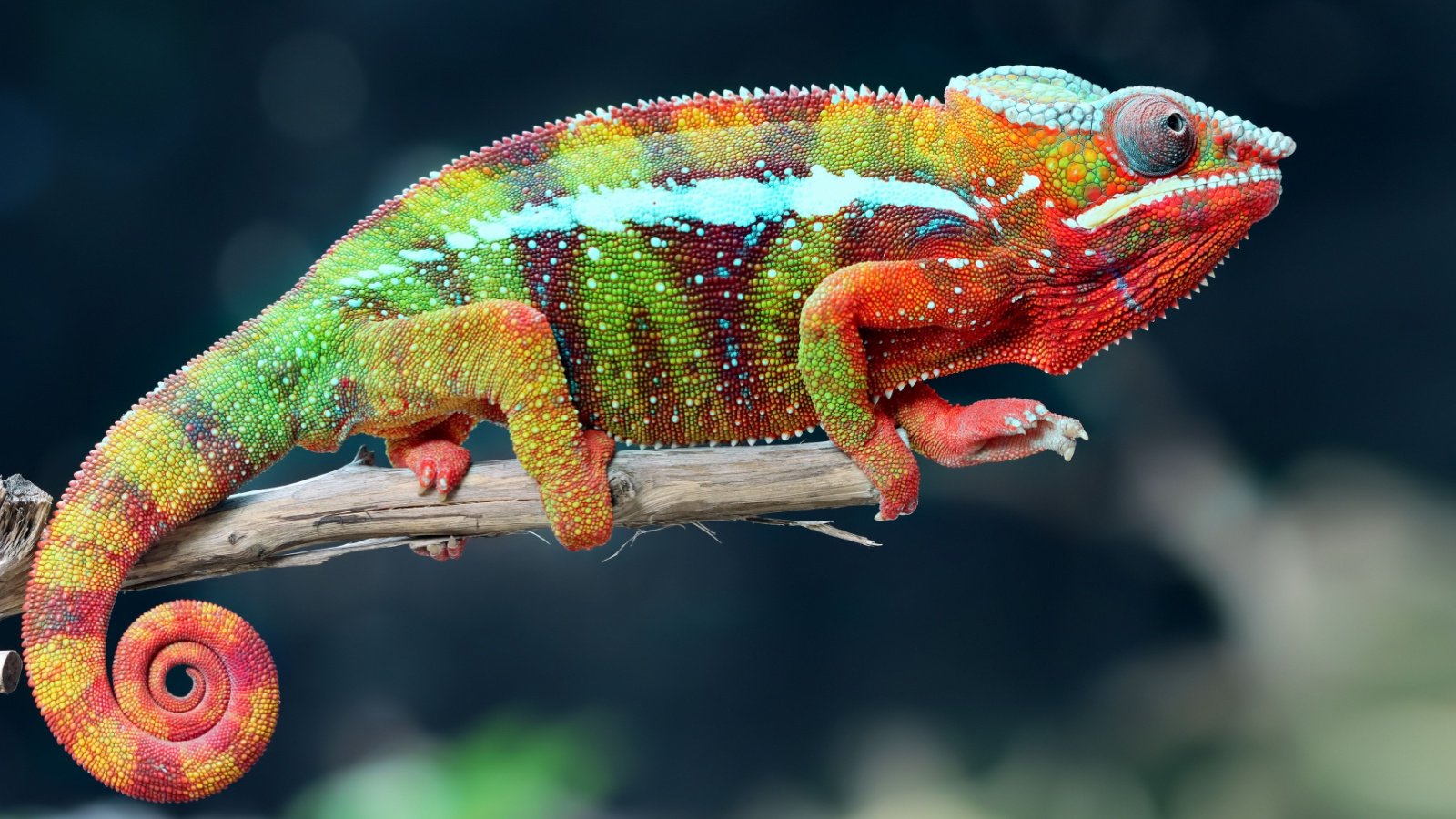
Native to Madagascar, the Panther chameleon is a living spectrum, changing colors to communicate and react to temperature changes. This reptile’s ability to shift its hue from vibrant blues to radiant reds is not just a survival mechanism but a visual spectacle. Observing a Panther chameleon in the midst of color change is like watching nature’s own kaleidoscope.
Giant Panda
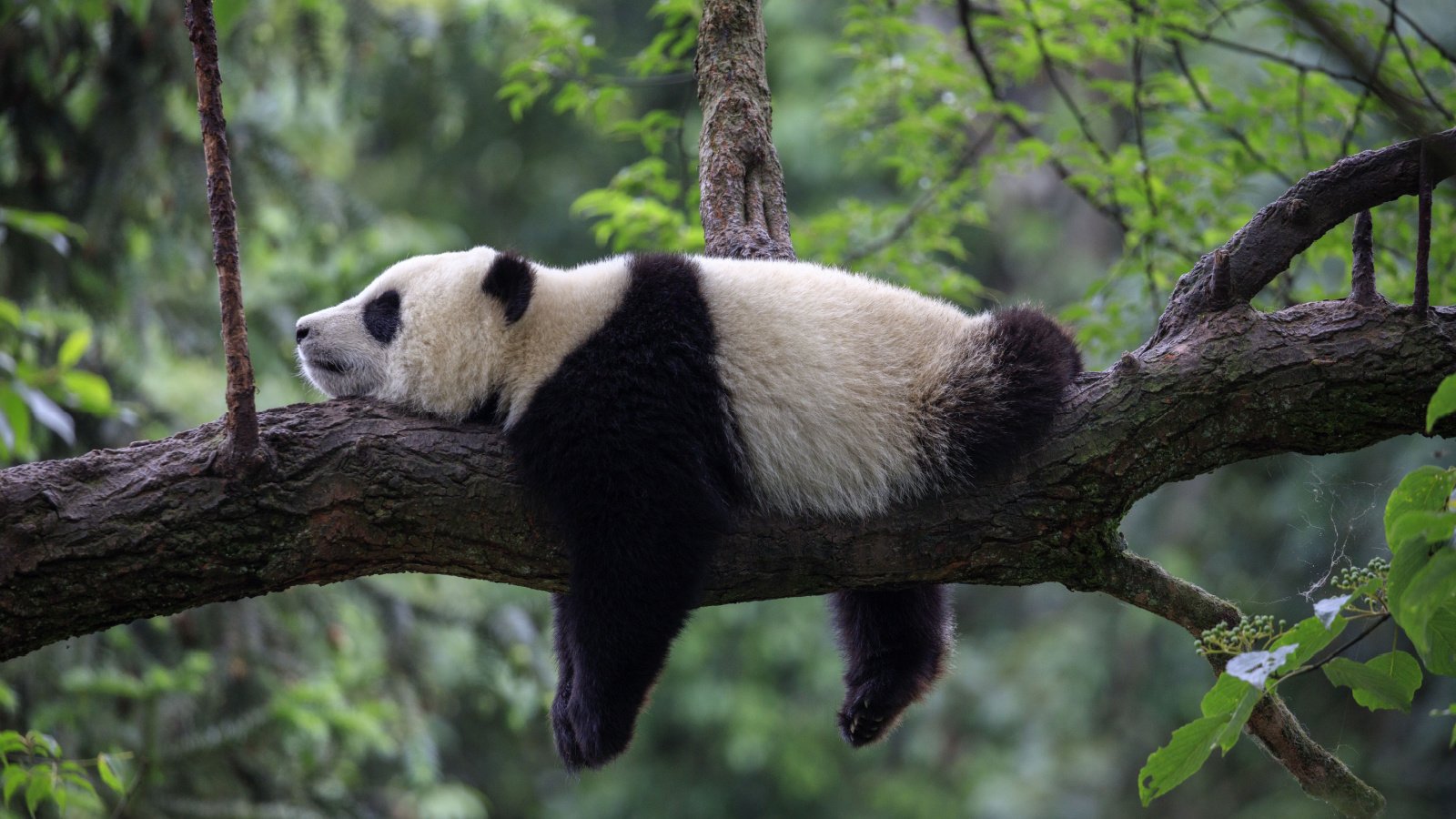
The Giant Panda is world-renowned for its distinct black and white coat and peaceful demeanor. Native to China, these bears have become symbols of wildlife conservation efforts worldwide. Their playful behavior and clumsy antics endear them to millions, highlighting the urgent need to protect such unique species.
Narwhal
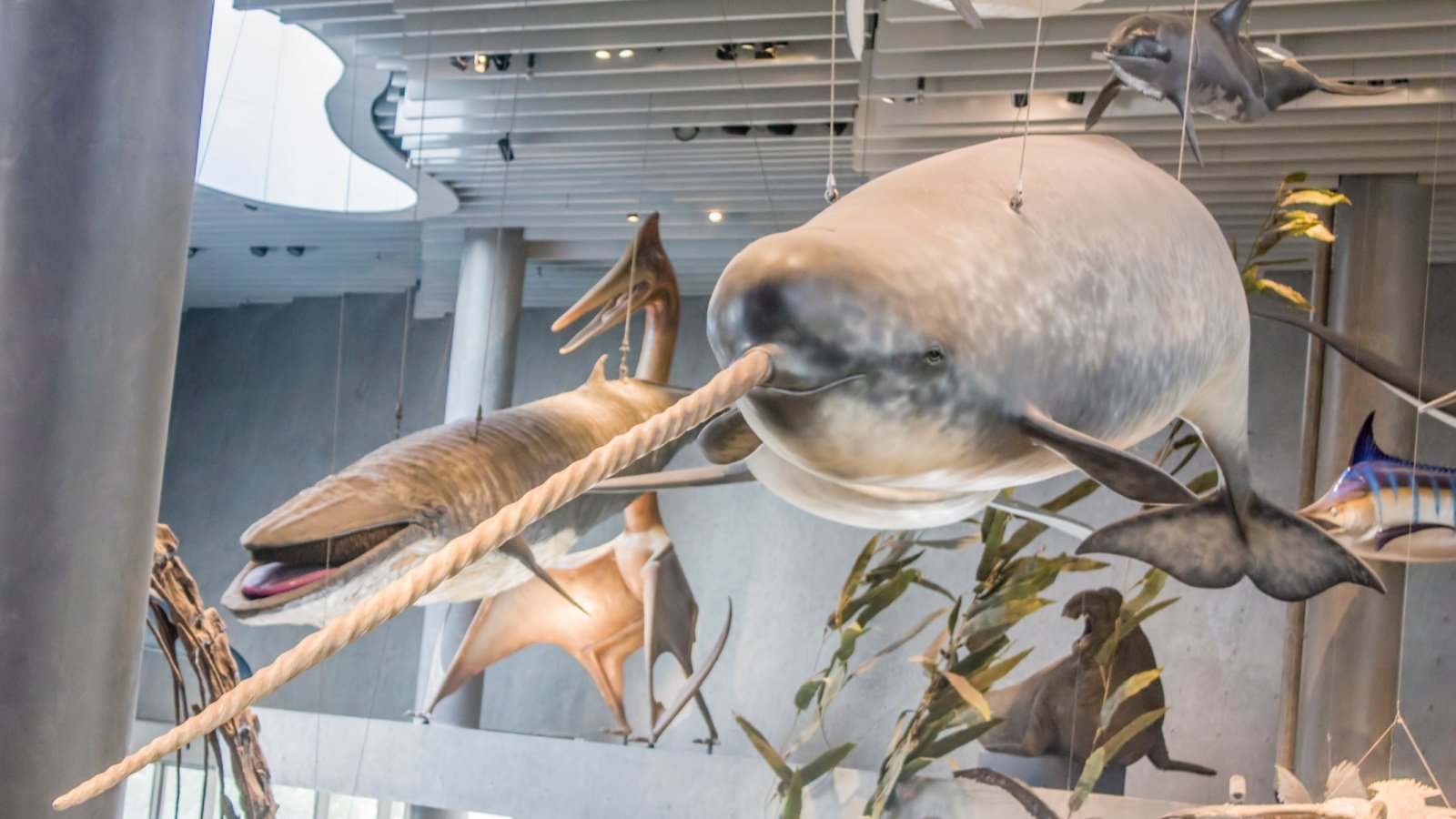
With its long, spiral tusk, the Narwhal swims through the Arctic waters like a creature from medieval tapestries. This tusk, an elongated tooth, serves as a sensory organ and a tool for establishing dominance among males. The mystique of the Narwhal is as deep as the oceans it inhabits, making it a subject of both legend and scientific fascination.
Golden Pheasant
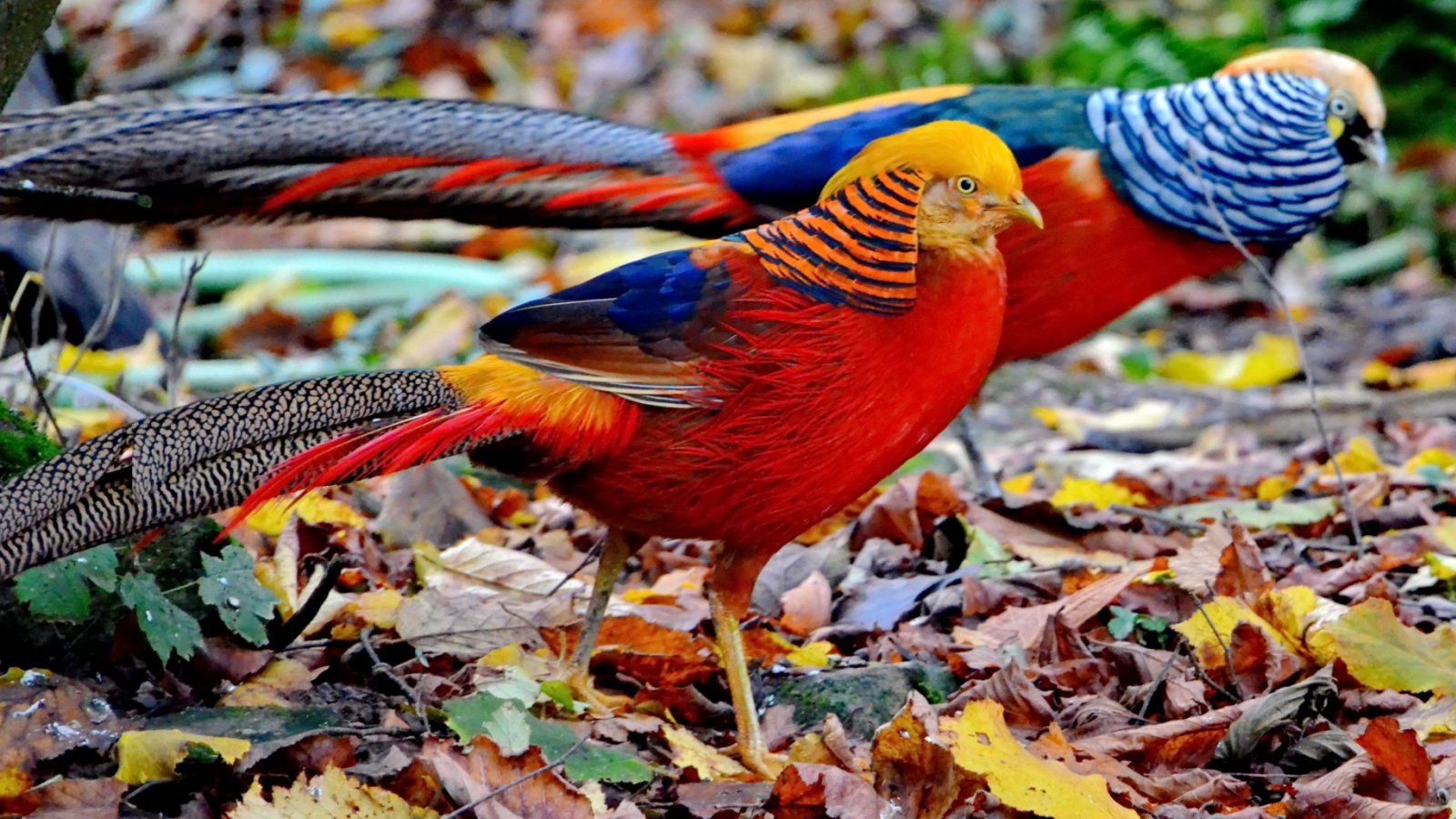
Golden Pheasants are known for their brilliant red bodies and striking gold capes, which they display prominently during courtship rituals. These birds, native to the forests of western China, add a splash of color to the verdant undergrowth. Their ornate appearance makes them highly prized not only in the wild but also in captivity, where they are often kept for their beauty.
Lynx
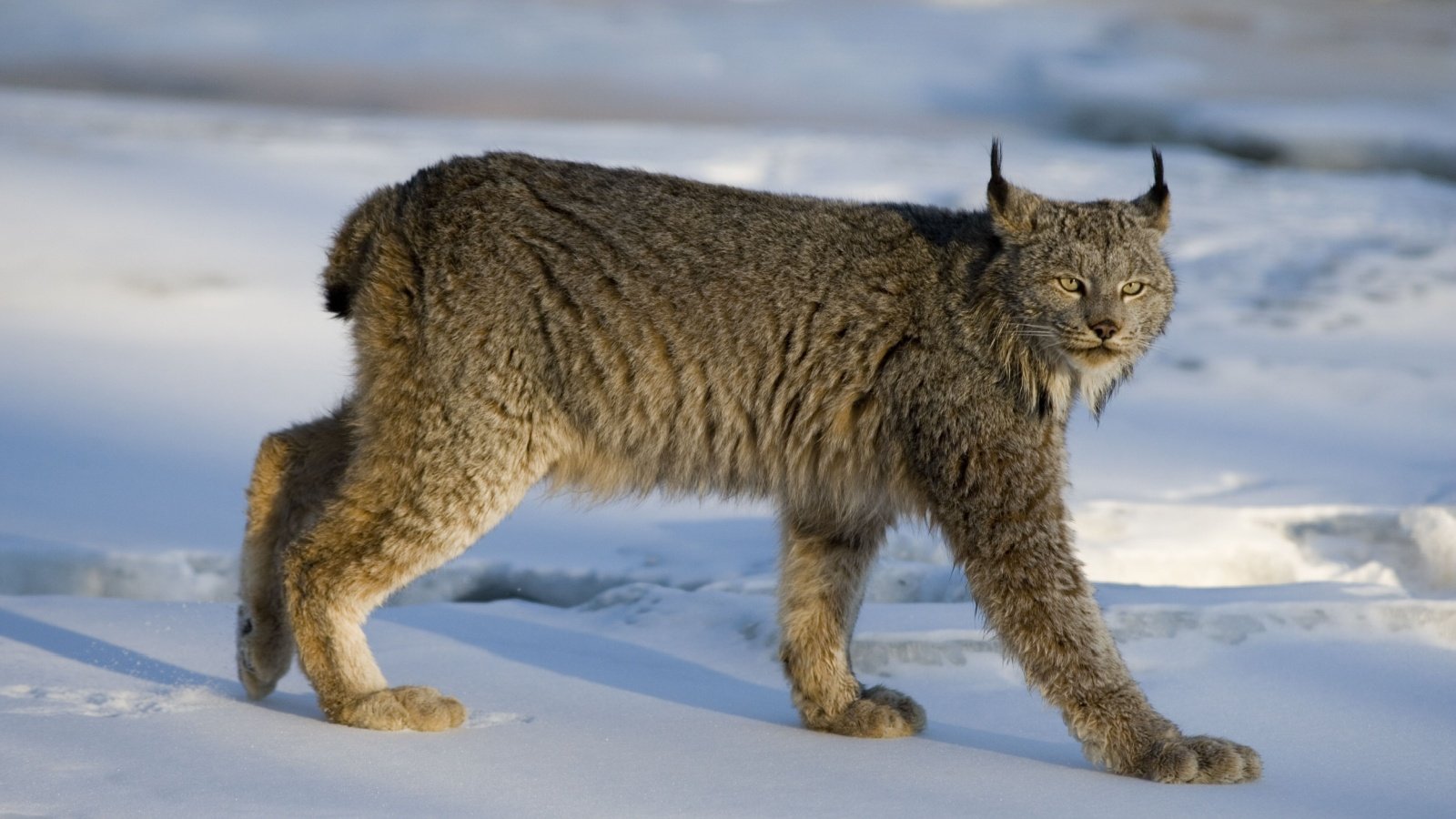
With tufted ears and a keen gaze, the Lynx moves silently through the snow-blanketed forests of the Northern Hemisphere. This cat’s subtle yet striking appearance blends perfectly with the winter landscapes it inhabits. The Lynx remains a symbol of the elusive beauty of nature, often seen but rarely caught.
Leafy Sea Dragon
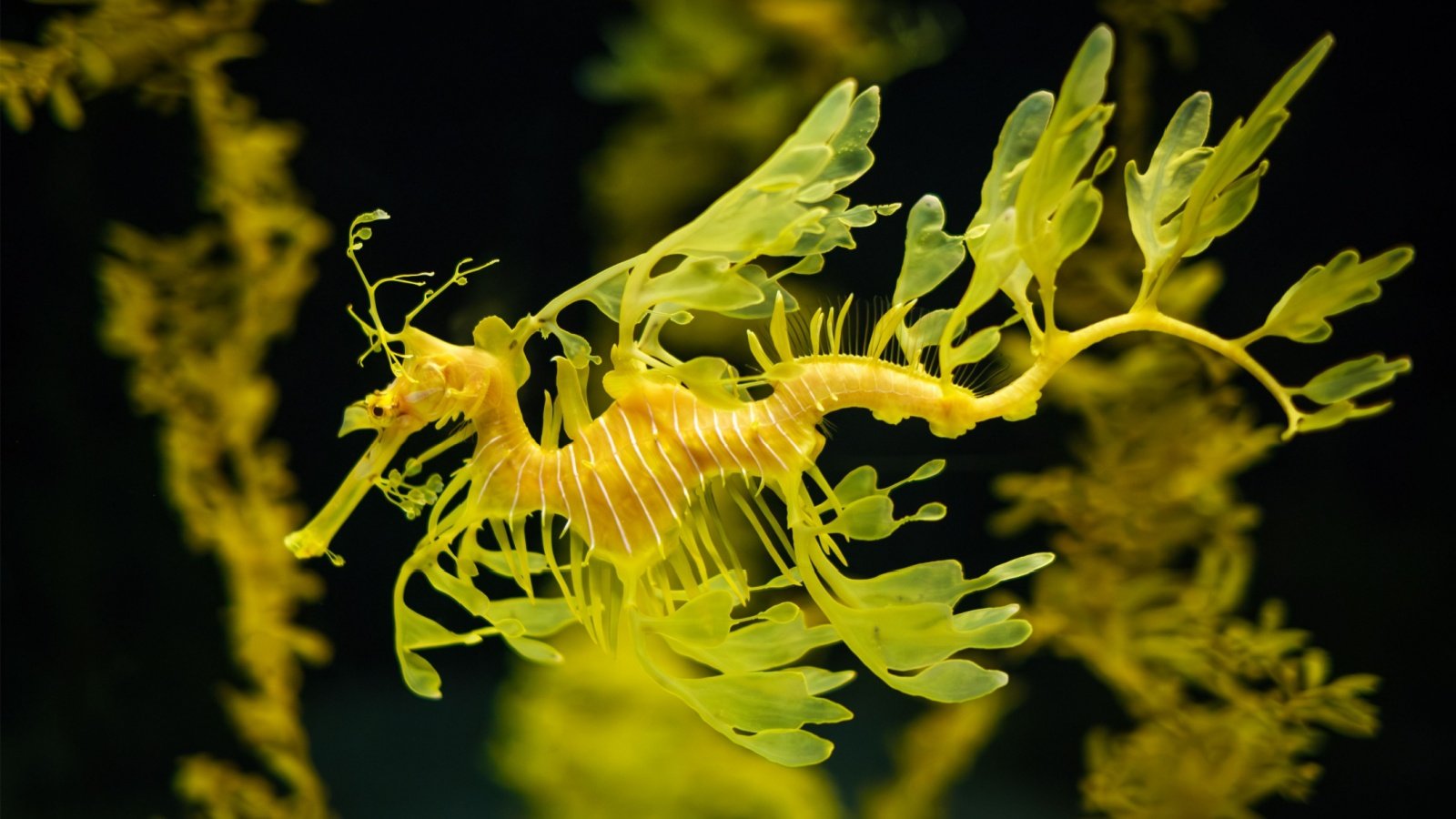
Resembling a piece of floating seaweed, the Leafy Sea Dragon is the master of marine disguise. Found along the southern and western coasts of Australia, this creature’s intricate leaf-like appendages provide perfect camouflage among the ocean flora. Its delicate structure and graceful movements make it a captivating spectacle of the underwater world.
Peacock
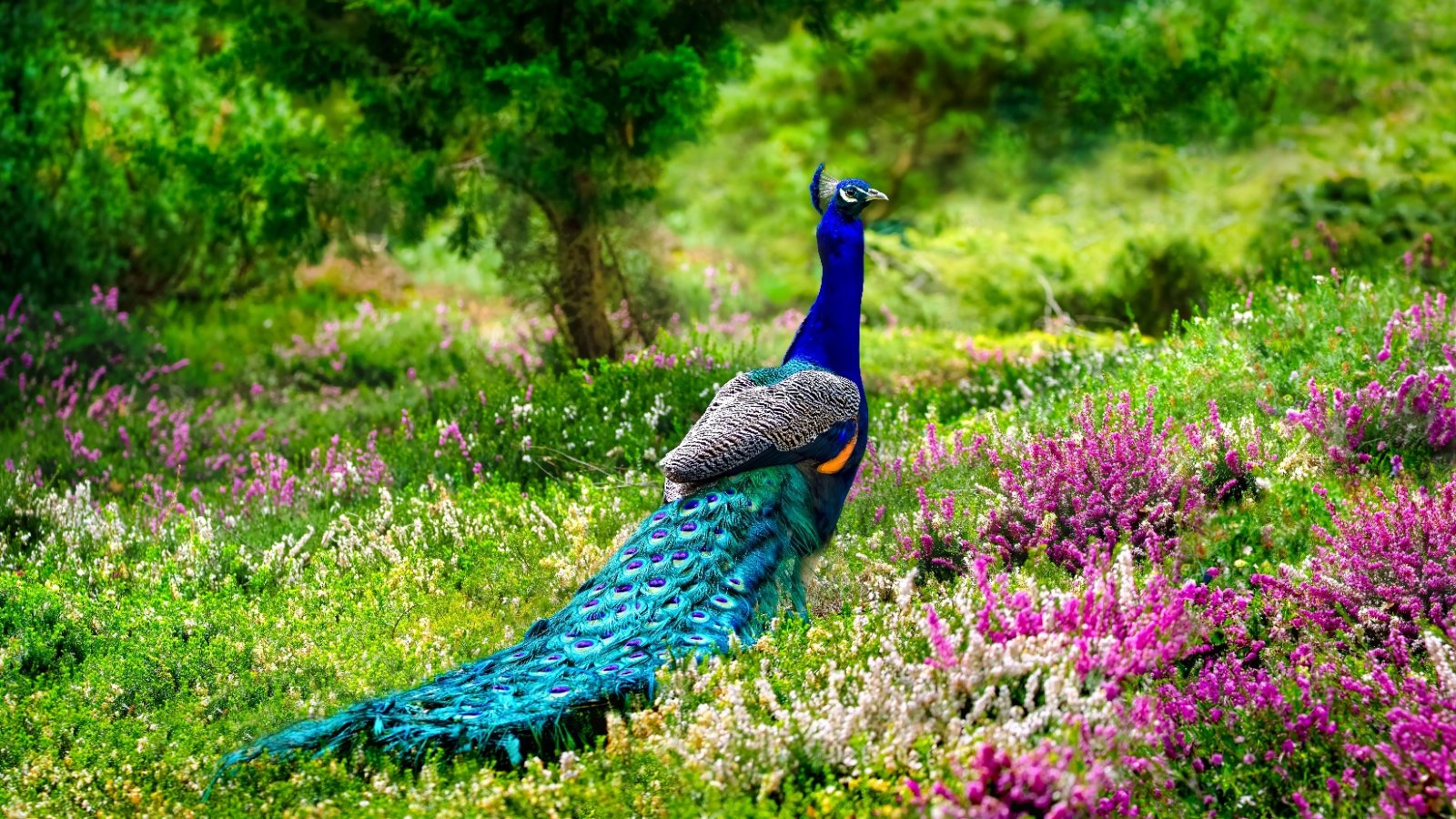
With tail feathers that can fan out to display an eye-catching array of iridescent colors, the peacock is synonymous with natural extravagance. Native to India and Sri Lanka, these birds have been revered throughout history for their ornamental feathers. The peacock’s courtship ritual, where it showcases its splendid plumage, is one of the most spectacular visuals in the animal kingdom.
Snow Leopard
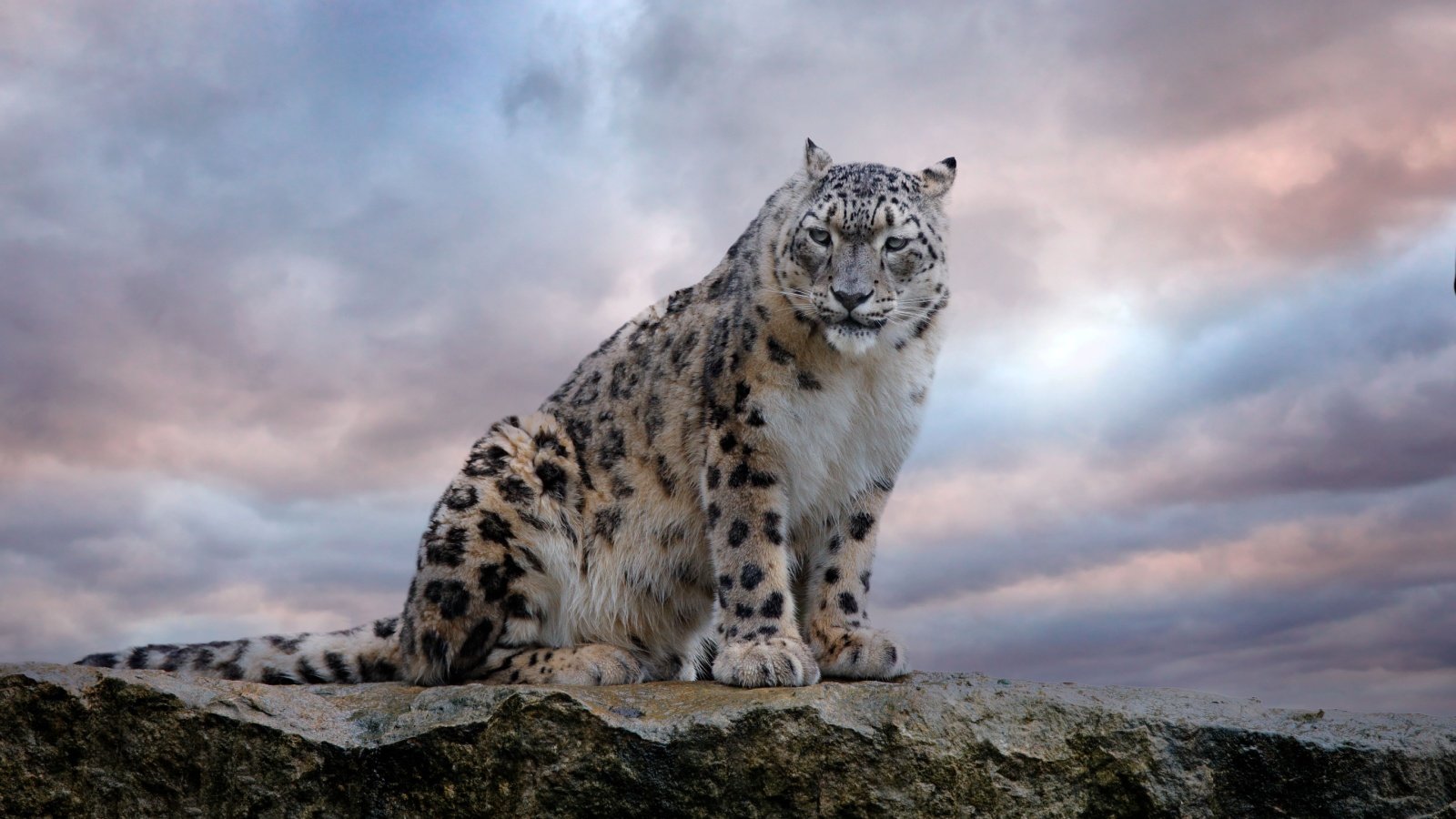
The Snow Leopard’s ethereal presence in the high mountains of Central and South Asia embodies the untamed spirit of the wilderness. Known for its pale, patterned coat that mimics the rocky terrain, it is both a phantom and a pinnacle of mountain life. The conservation of these elusive big cats is vital, as they play a critical role in maintaining the balance of their high-altitude ecosystem.
Siberian Tiger
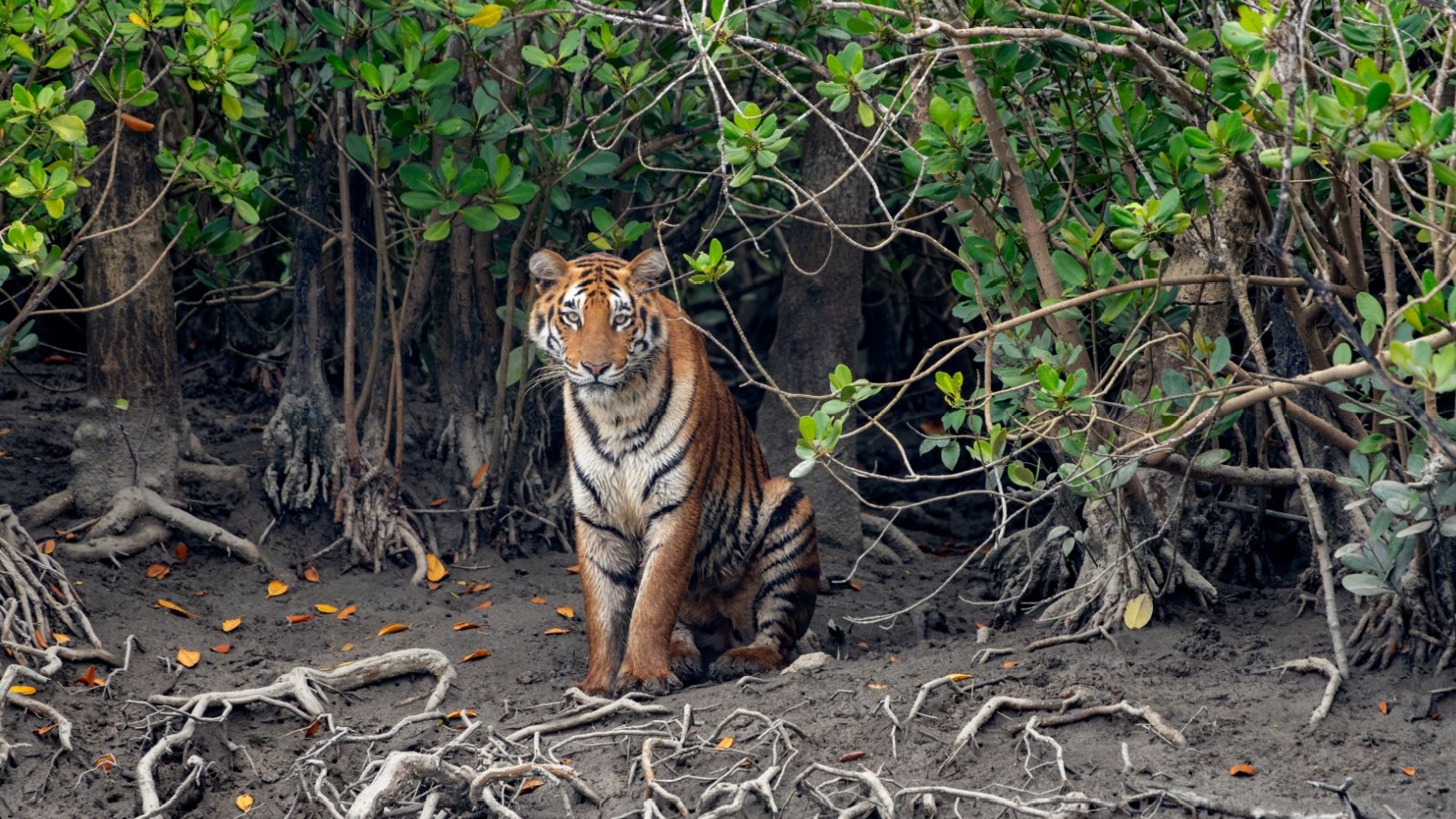
Majestic in its stride, the Siberian tiger boasts a stunning orange coat striped with black, adapted to the harsh Russian winters. It is the largest of all wild cats, emphasizing its top-predator status in the ecosystem. This magnificent creature is not only a symbol of the wilderness but also an important figure in various cultural myths and legends.
Blue Morpho Butterfly
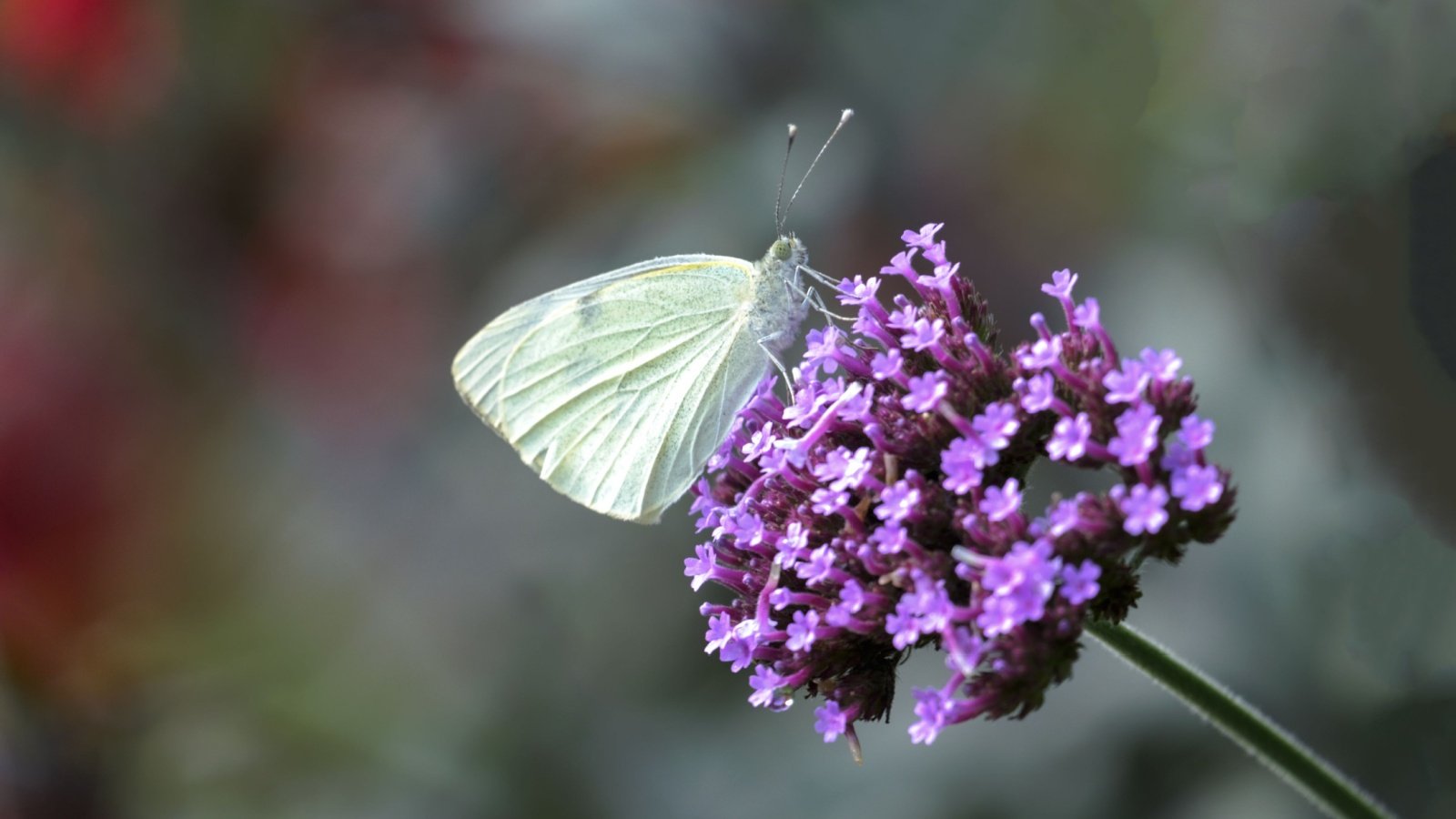
The wings of the Blue Morpho butterfly shimmer with an iridescent blue that dazzles observers as it flutters through the rainforests of Central and South America. This butterfly’s vibrant color isn’t just for show; it’s a defense mechanism against predators, confusing them with flashes of light as it flies. Its beauty serves as a reminder of the incredible biodiversity hidden within the world’s tropical regions.
Friesian Horse

Originating from the Netherlands, the Friesian horse is celebrated for its glossy black coat and powerful muscular build. Known for their gentle temperament and flowing mane, these horses carry an aura of mystique and nobility. They are not only a favorite among equestrians but also a popular choice in film and literature for their dramatic and striking appearance.
Mandarinfish

Sporting a palette of vibrant colors and intricate designs, the Mandarinfish is easily one of the most striking fish in the ocean. Found in the Pacific, its psychedelic patterns serve to confuse predators and attract mates. This small fish, despite its calm demeanor, is a highlight for divers and marine enthusiasts around the globe.
Arctic Fox
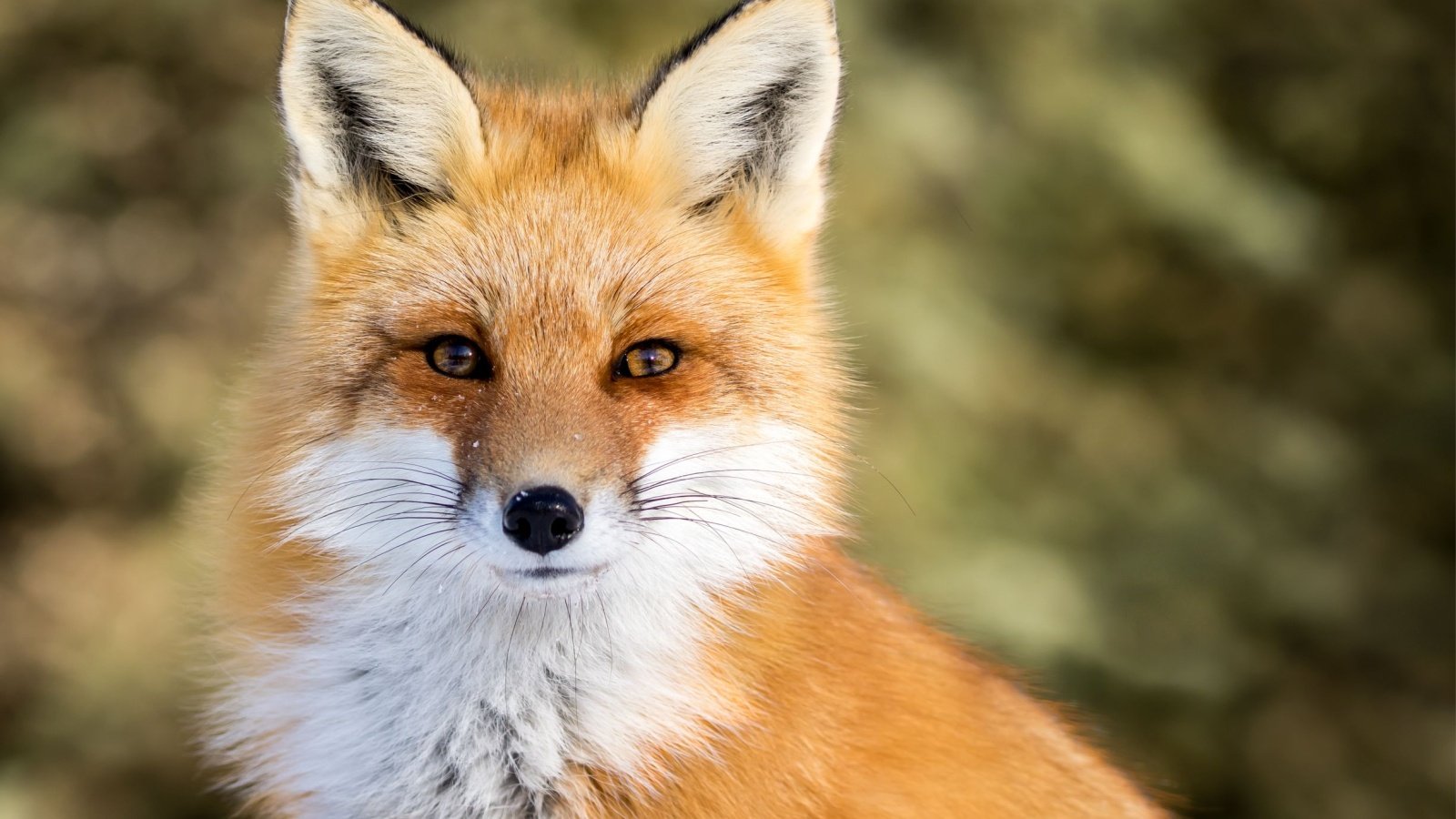
The Arctic fox, with its pure white coat, becomes nearly invisible against the backdrop of icy landscapes where it resides. This adaptation not only protects it from predators but also makes it a formidable hunter in its own right. The fox’s ability to endure the frigid Arctic temperatures is a testament to the remarkable resilience of wildlife.
Flamingo
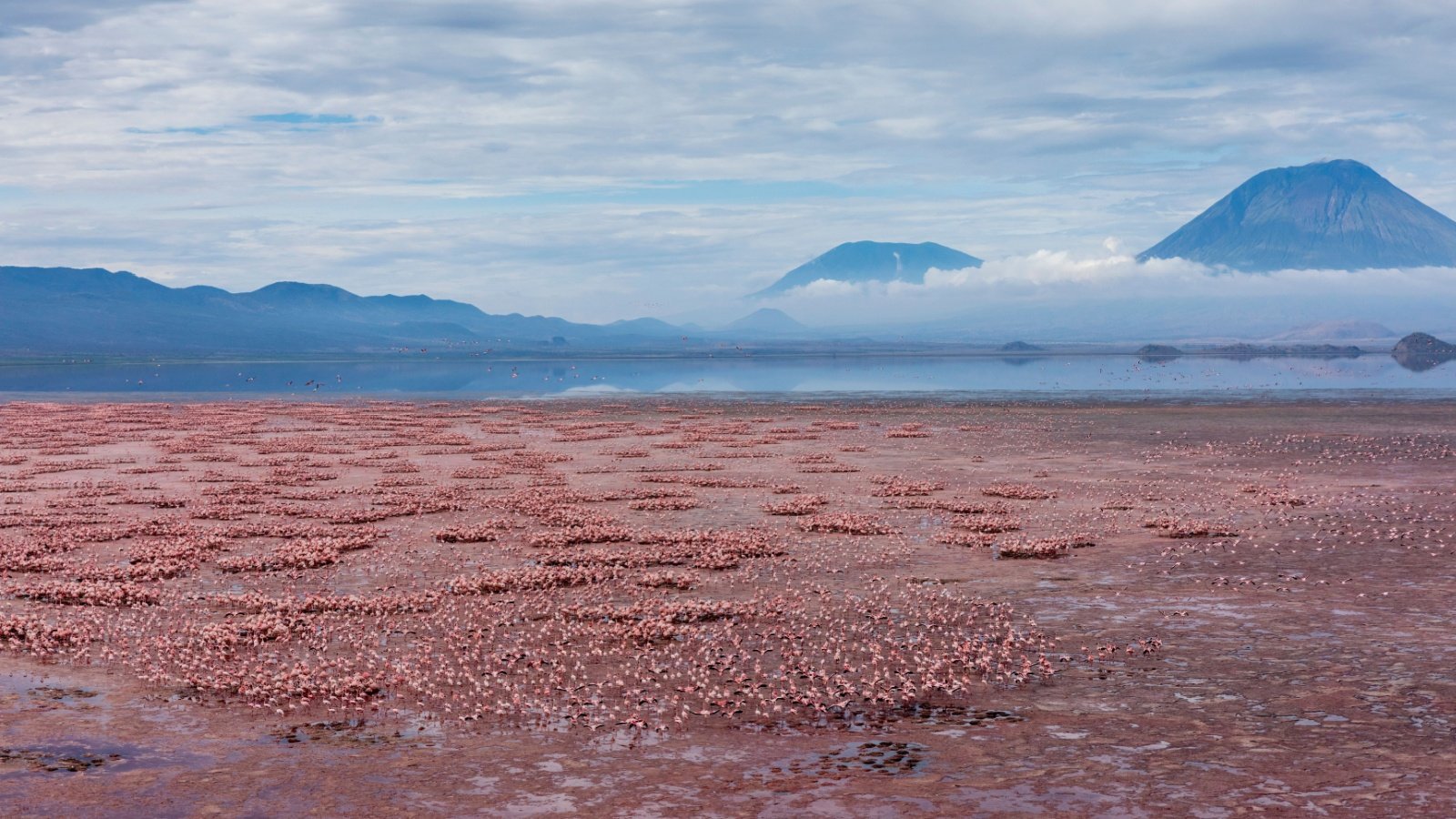
Flamingos are best known for their striking pink feathers and their peculiar way of feeding while upside down. This color comes from the beta-carotene in their diet of algae and crustaceans. Often seen balancing on one leg, they are a favorite spectacle in aquatic environments around the world.
Bengal Tiger
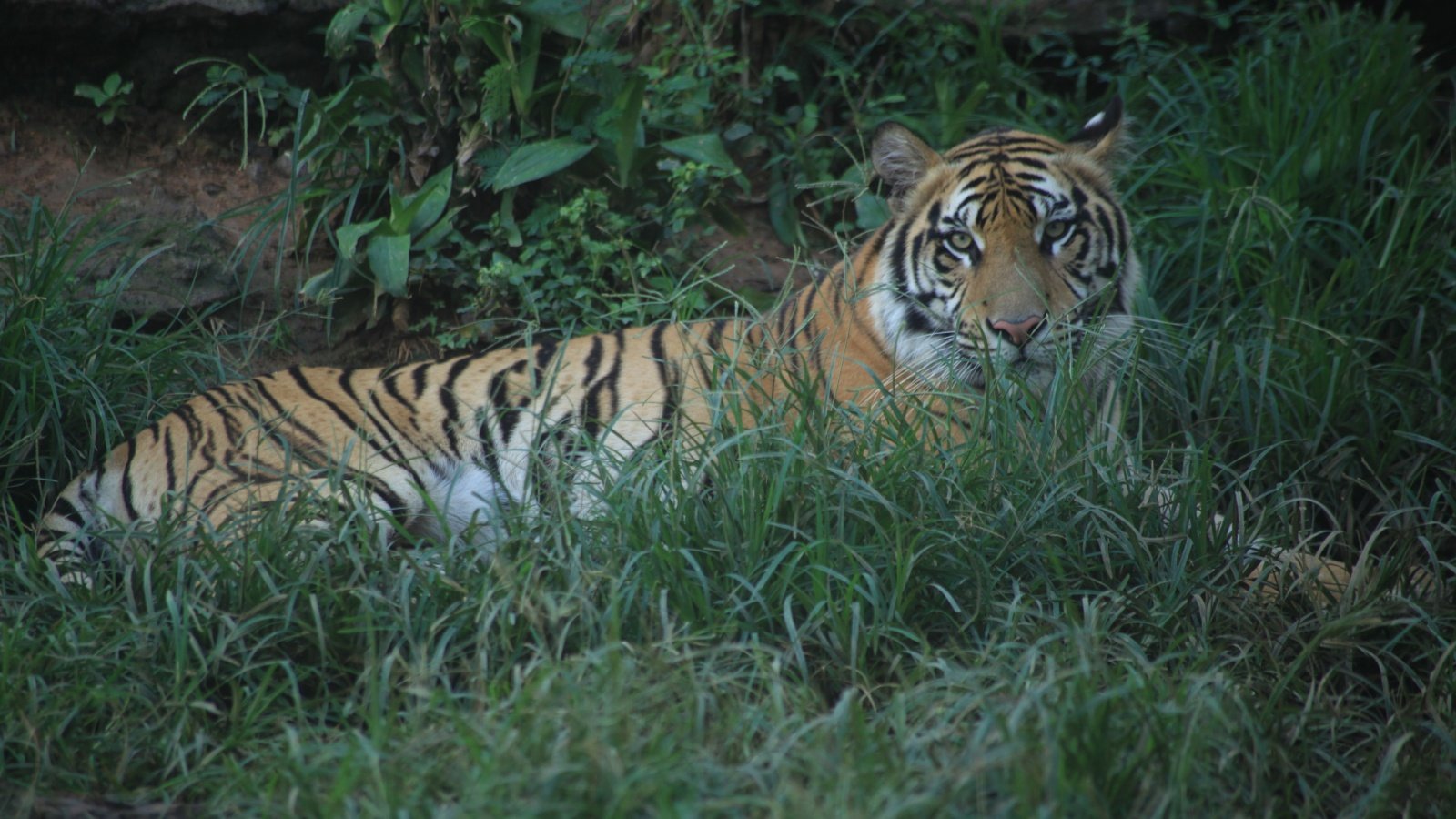
The Bengal tiger, with its fiery orange coat marked with black stripes, is a breathtaking sight in the wild jungles of India and Bangladesh. This tiger is not only a master of camouflage but also an integral part of the forest’s mythology and ecosystem. Conservation efforts continue to play a crucial role in the survival of this magnificent species, which embodies the spirit of the jungle.
Scarlet Macaw
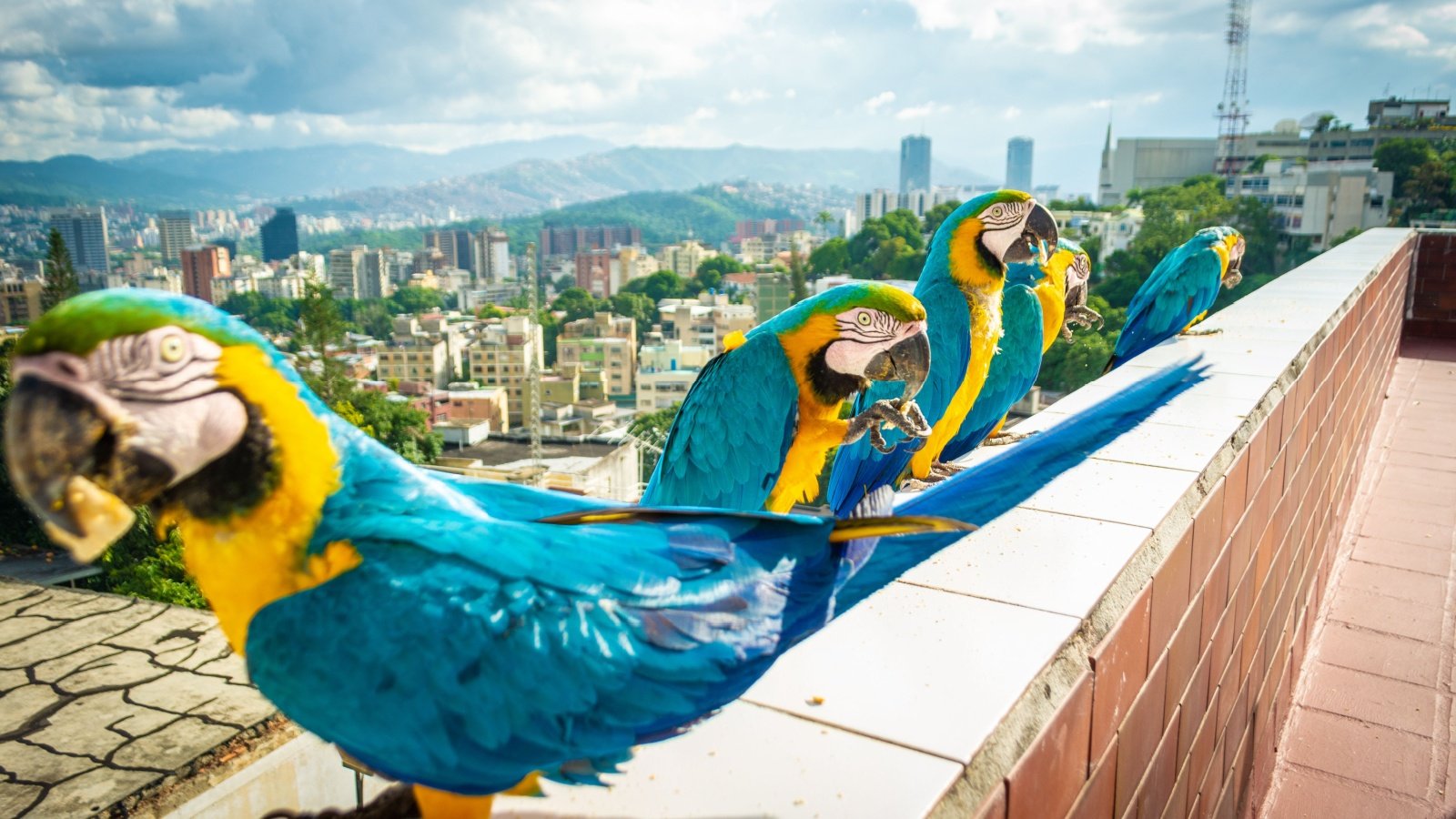
The Scarlet Macaw is a burst of color with its vivid red, yellow, and blue feathers. Native to humid evergreen forests in the Americas, these parrots are among the largest and most colorful of their kind. Their loud calls can be heard across the forests, signaling their presence with as much vibrancy as their appearance.
Axolotl
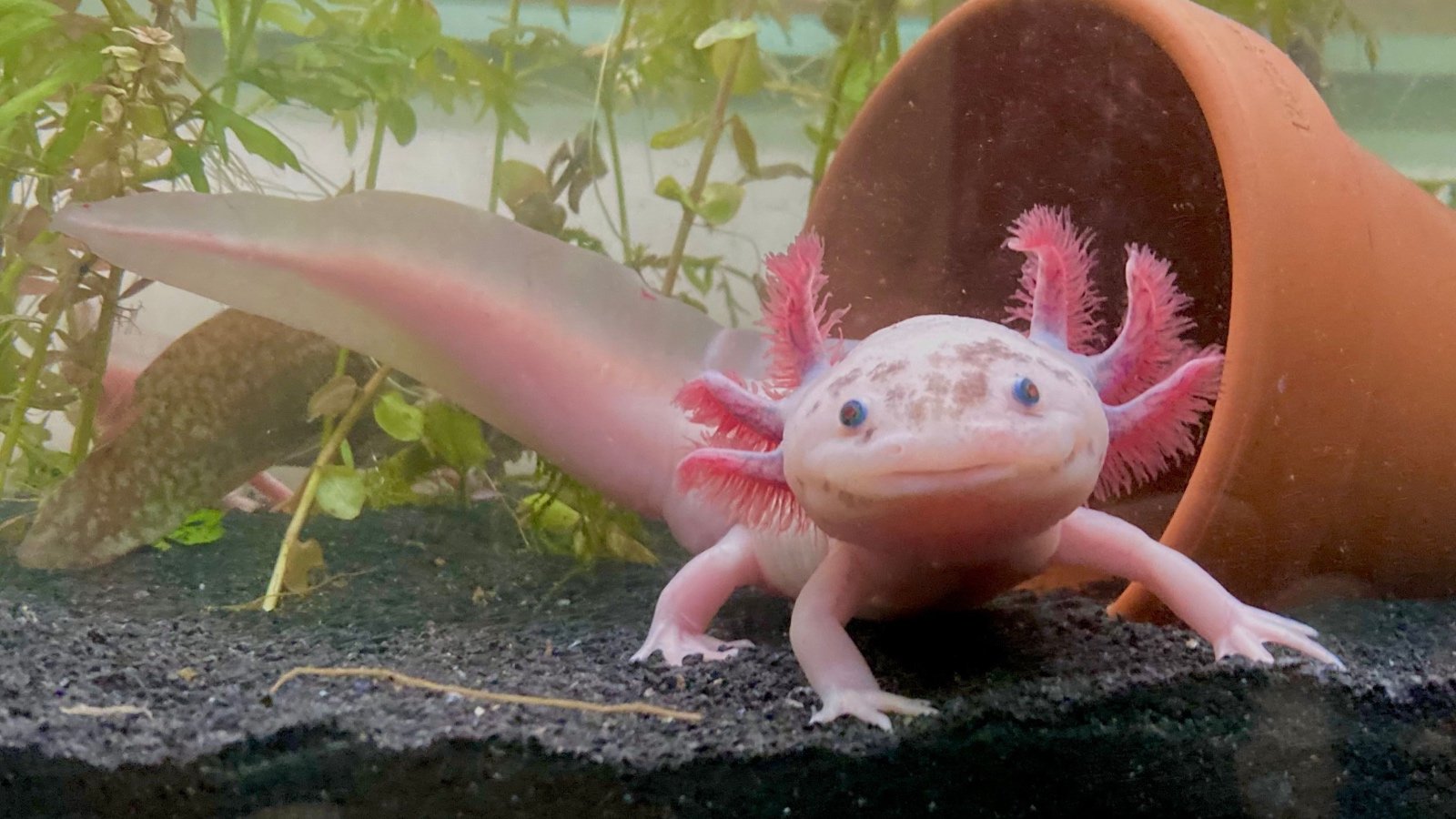
Endemic to the lake complex of Xochimilco near Mexico City, the Axolotl is famous for its unique ability to regenerate limbs. This salamander possesses features that are both bizarre and endearing, with a wide, cartoon-like face and external gill stalks. Its critical status on the endangered species list highlights the delicate balance of aquatic ecosystems.
Clouded Leopard
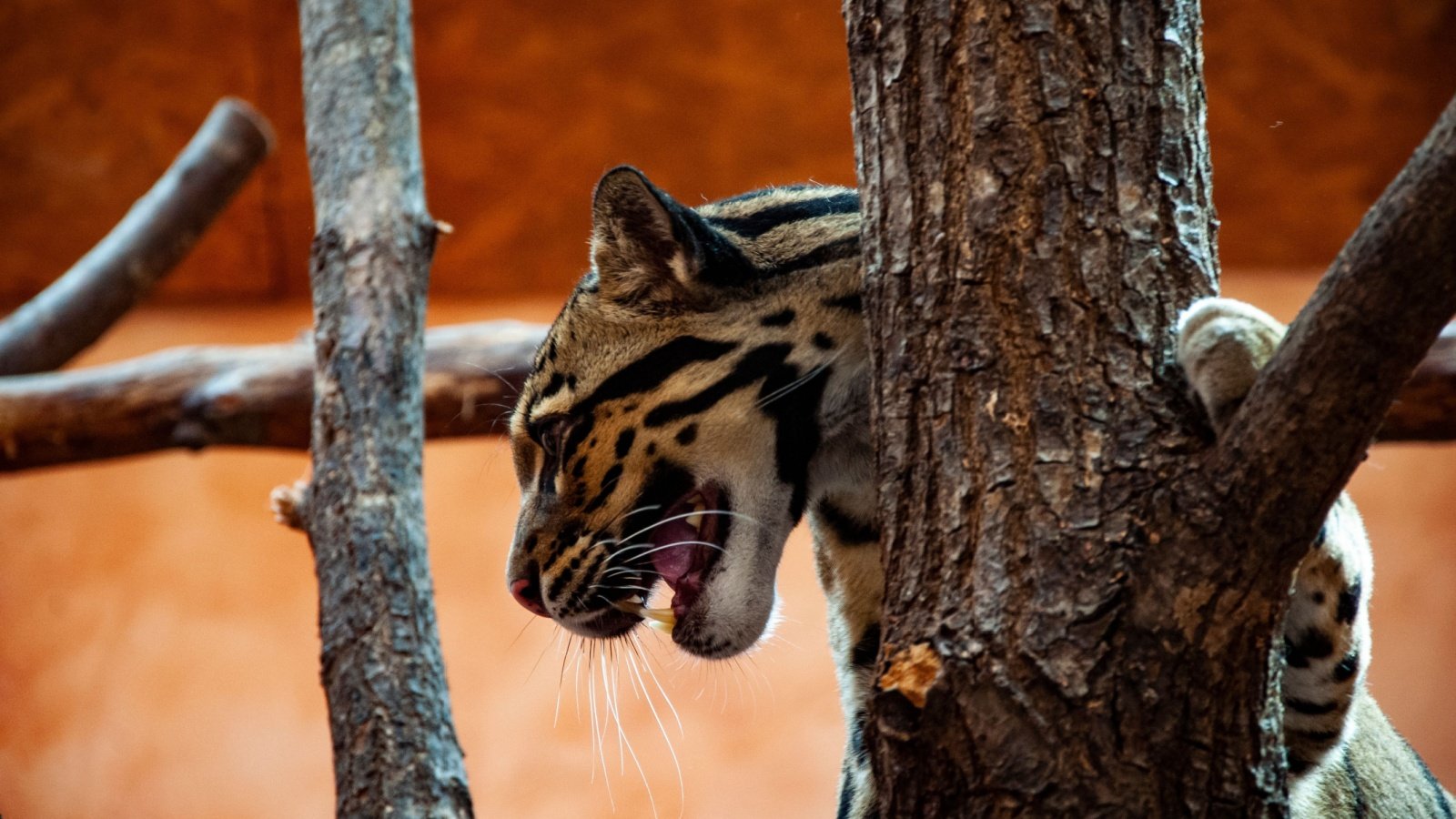
With its smoky coat and large, expressive eyes, the clouded leopard is one of the most beautiful yet elusive creatures in the tropical forests of Southeast Asia. This feline is superbly adapted for an arboreal lifestyle, able to climb head first down trees. Its beauty is matched by its incredible agility, making it a symbol of the mysterious and wild nature of the forest.
Emperor Penguin
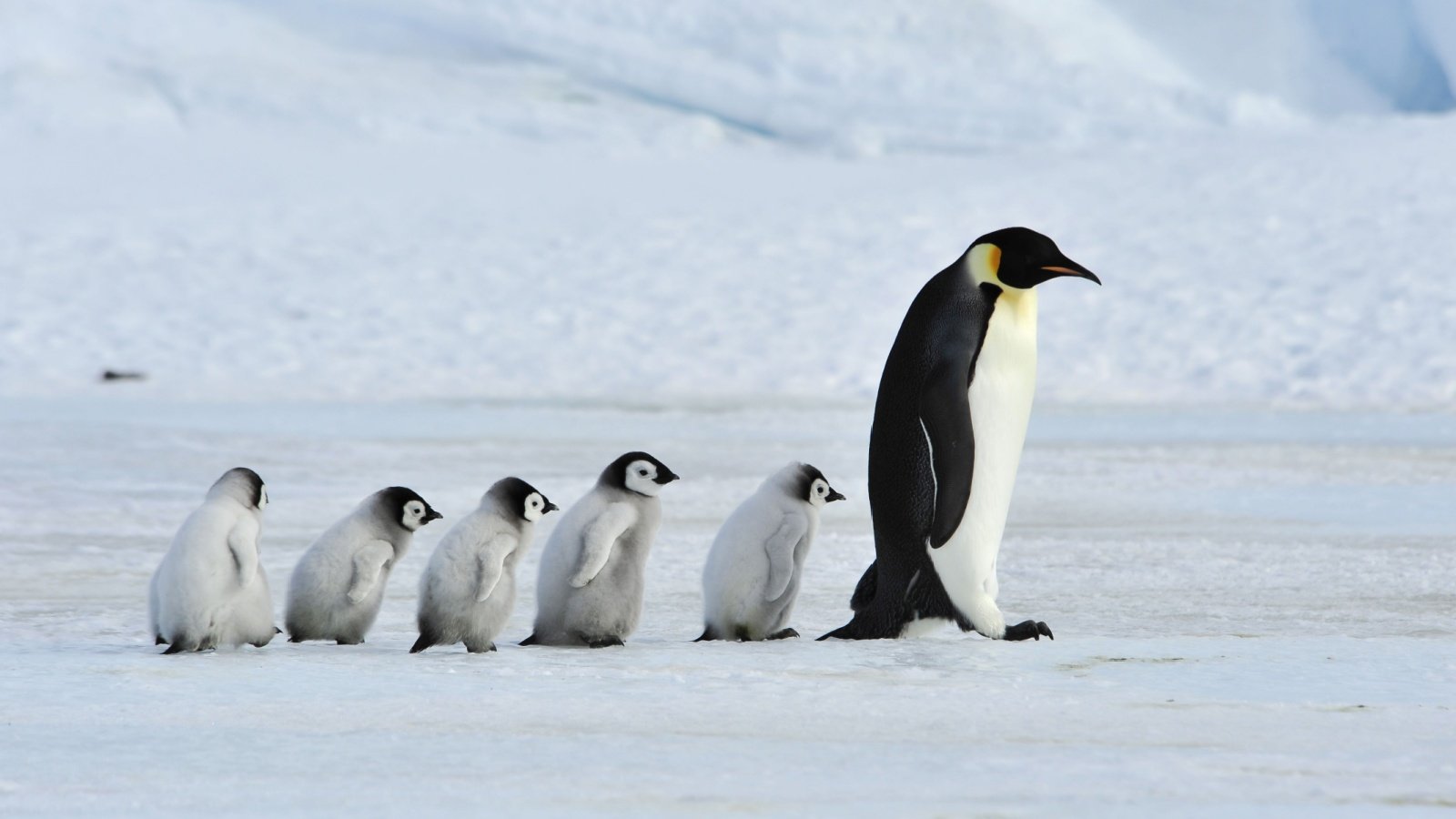
Standing tall against the Antarctic cold, the Emperor penguin bears a dignified tuxedo-like appearance that captivates onlookers. These birds endure some of the Earth’s most extreme conditions to mate and raise their young on the icy continent. Their commitment to the family during the harsh winters adds an emotional depth to their striking visual appeal.
Okapi
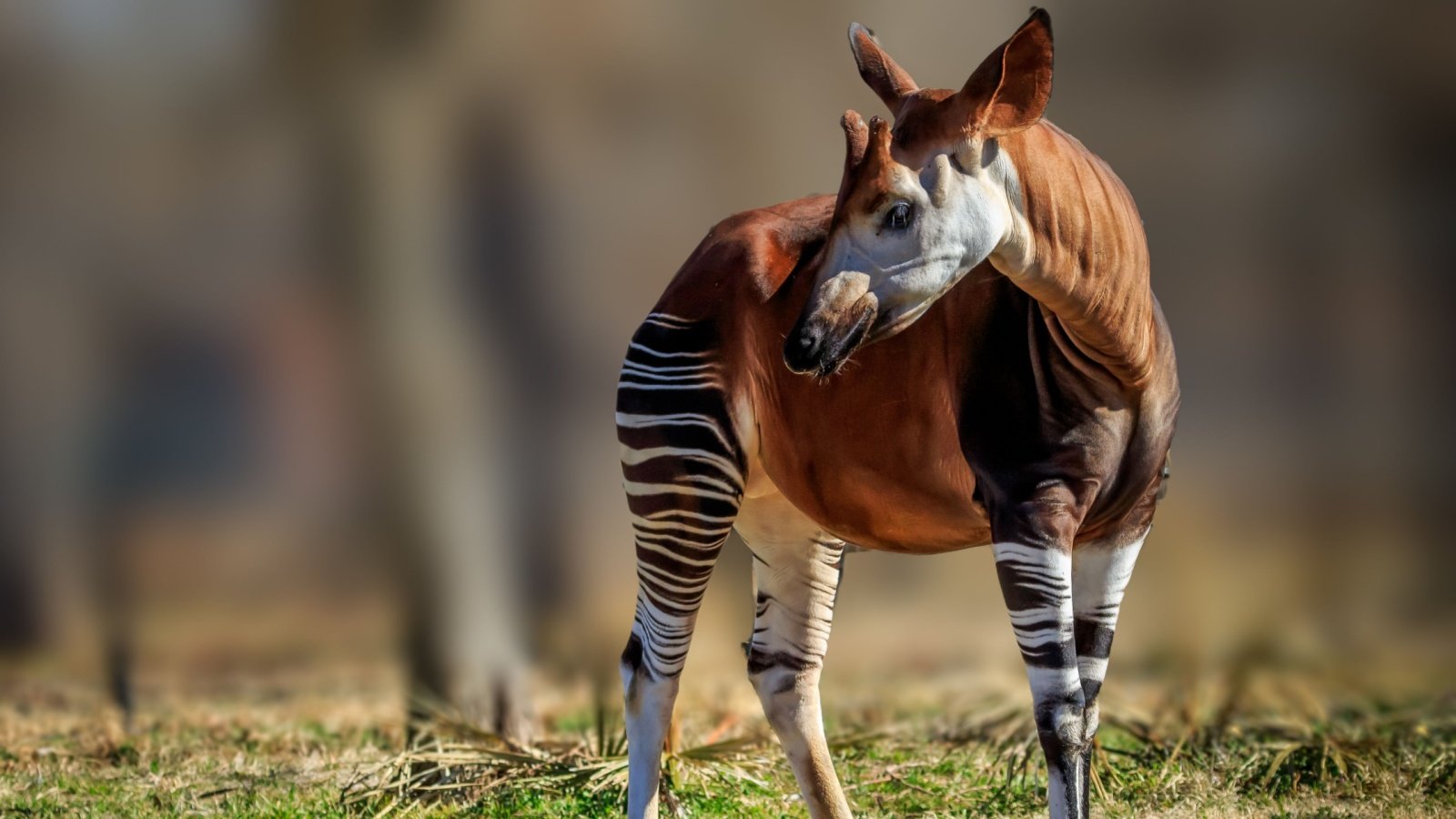
Resembling a cross between a zebra and a giraffe, the okapi’s velvety coat and striped legs make it one of the most unusual animals in the African rainforest. This reclusive herbivore is a silent navigator of the dense underbrush, seldom seen by human eyes. Its mysterious nature and distinctive appearance make the okapi a fascinating subject of both scientific study and public intrigue.
Kingfisher

Kingfishers are small, yet they capture the essence of bold beauty with their bright plumage and rapid hunting skills. Found by water bodies across the globe, they dive headlong into streams to catch their fish prey, a flash of color against the water. Their vibrant appearance and dynamic hunting technique make them a delightful sight for birdwatchers.



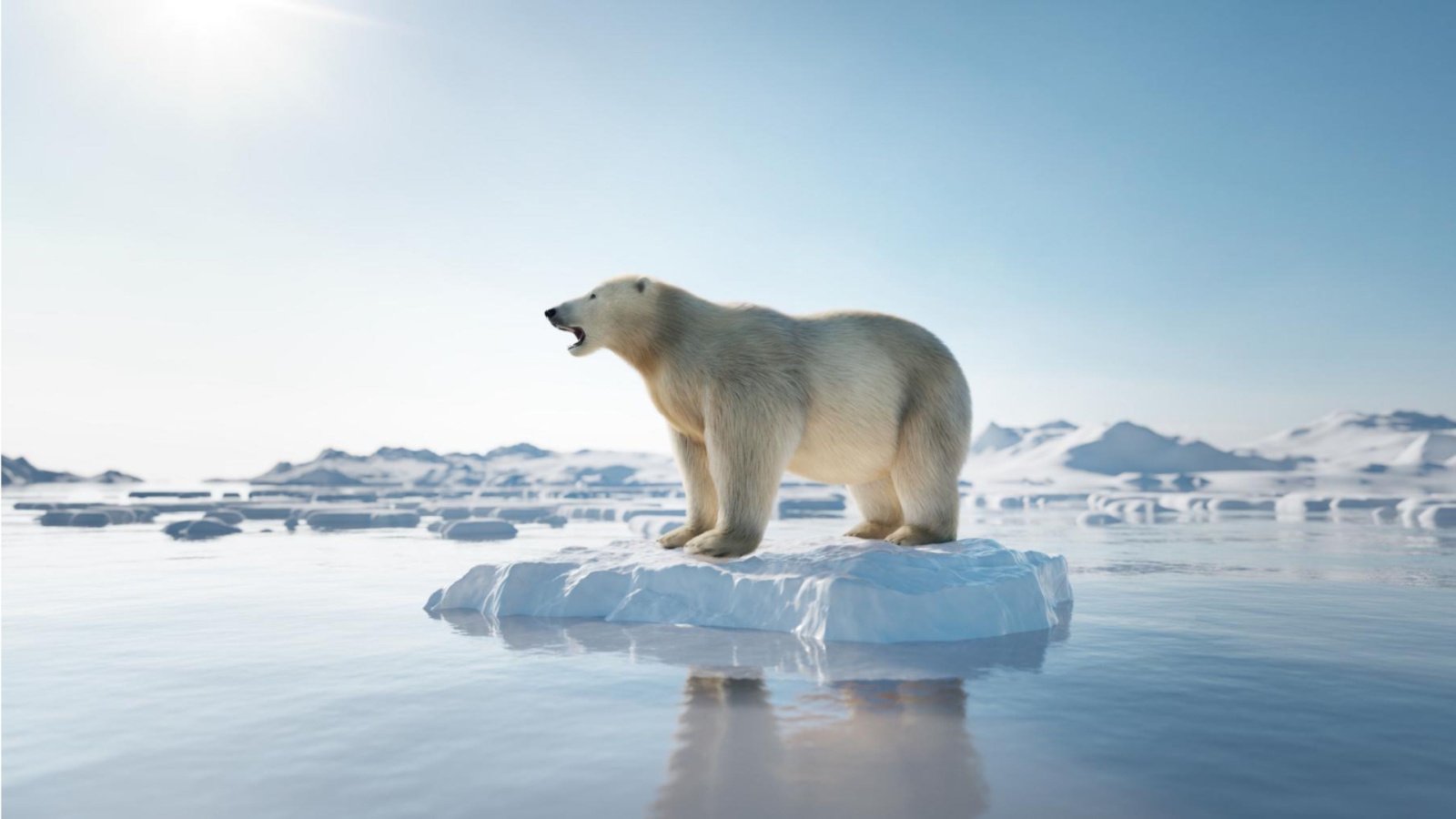





In regelmäßigen Abständen erhalten Sie einen Hinweis über Ihre bisherige Spielzeit.
Außerdem würden Sie mehr Freispiele und maßgeschneiderte Boni erwarten. Halten Sie treu zu Ihren PlayOJO
Spielotheken Erfahrungen, könnten Sie per Mail eine Einladung erhalten,
VIP zu werden. Als angemeldeter Spieler steigen Sie mit Einsätzen im Level auf und
schalten so Drehungen am Glücksrad frei, das Ihnen Freispiele einbringt.
Sie können sogar gezielt PlayOJO Online Spiele einsehen, an denen Sie bei Einsätzen mehr Cashback
zurückerhalten (siehe Promos weiter oben).
Die Plattform kombiniert britischen Charme mit deutscher
Präzision und bietet ein Erlebnis, das Spaß und Vertrauen vereint.
Sichern Sie sich 50 Freispiele ohne Umsatz bei PlayOJO!
PlayOJO bietet die Zahlungen mit PayPal sowohl für Einzahlungen als
auch für Auszahlungen an. Du kannst die Freispiele im Spiel
Book of Dead verwenden und musst keine Umsatzbedingungen für die Auszahlung beachten. Das Unternehmen verfügt in Deutschland über
eine gültige Lizenz der Glücksspielbehörden und darf seine virtuellen Automatenspiele bundesweit zur Verfügung
stellen.
Spielen Sie Ihre Lieblingsspiele bei PlayOJO Casino und
erhalten Sie den Bonus direkt ab 10 € Einzahlung, ohne komplizierte Bedingungen. Waltenberg hat Tausende
von Online-Casinos, Spielautomaten und Casinospielen überprüft und verfügt über fundierte Kenntnisse zu Boni und Spielautomaten. Im
PlayOJO Casino erhältst du einen Bonus von 50 Freispielen für deine erste Einzahlung von mindestens 10€.
References:
https://online-spielhallen.de/f1-casino-freispiele-alles-was-sie-wissen-mussen/